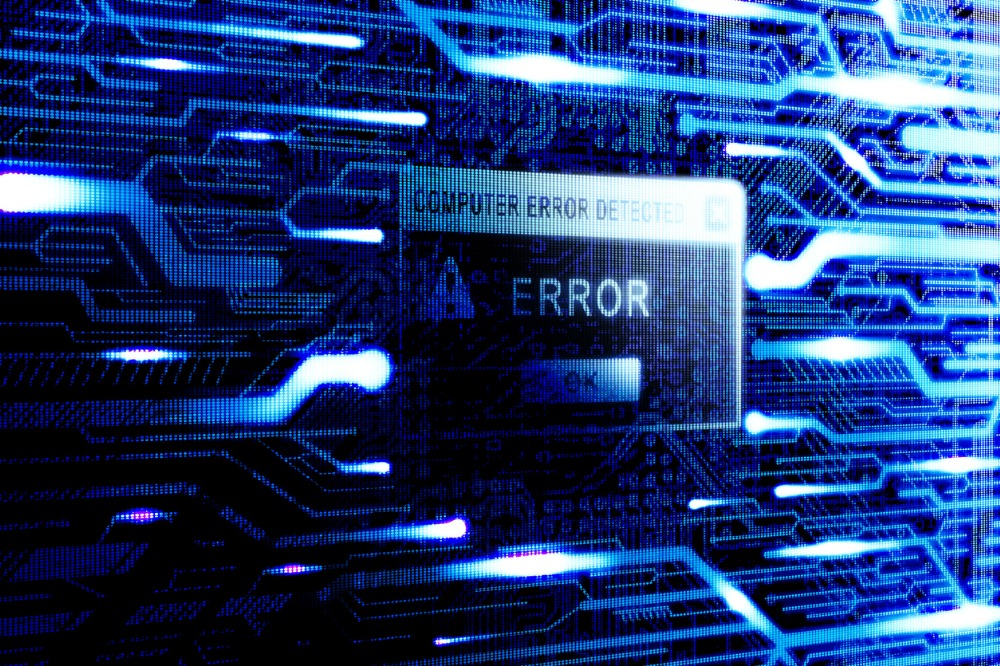Cyber incidents top tech and media risks – Allianz

Cyber incidents top tech and media risks – Allianz | Insurance Business America
Risk Management News
Cyber incidents top tech and media risks – Allianz
Number one cause of claims revealed
Risk Management News
By
Kenneth Araullo
A new report from Allianz sheds light on the top technology, media, and telecommunications risks facing the industry, with the firm listing cyber incidents as still the main concern for companies in the sector.
Jody Yee, global industry solutions director for technology, media and telecommunications (TMT) at Allianz Global Corporate & Specialty (AGCS) said that as companies in the sector hold a lot of personal information in the digital space, it is a prime target for cyber criminals, with information stolen either being sold on the dark web or used for fraud or a blackmail tool against victims.
“Ensuring adequate protection can prove to be an extremely challenging task and requires deep expertise and an individualized approach,” Yee said in the report. “Cyber protection should include regular backups, segmentation of data, the right end-point detection and multi-factor authentication. All organizations should also ensure compliance with the legislation and regulations that govern their activities in all jurisdictions they operate in.”
Top risks for the TMT sector
AGCS has listed these five as the top risks for the TMT sector, as voted by 101 respondents in the Allianz Risk Barometer 2023 report.
Cyber incidents – chosen by 59% of respondents, this includes cyber crime, malware or ransomware causing downtimes, data breaches, fines and/or penalties
Business interruption – chosen by 36% of respondents, this includes supply chain disruptions
Critical infrastructure blackouts or failures – chosen by 23% of respondents, this includes power disruptions
New technologies – chosen by 20% of respondents, this includes adverse risk impact of artificial intelligence (AI), connected/autonomous vehicles, electric vehicles, nanotechnology, blockchain, and 5G
Macroeconomic developments – chosen by 19% of respondents, this includes inflation, deflation, monetary policies, and austerity programs
While cyber incidents remain of great concern across the TMT industries, they remain the highest for telecommunications at 80%. Natural catastrophes also made it to the top five risks for the industry at 20%, while political risks and violence, a newcomer, shot up to the third spot at 28%.
Media companies’ worries over business interruptions were replaced by a new looming threat, as the energy crisis made the list of top risks for the industry at 44%. Theft, fraud, and corruption is also now a cause for concern, tying with changes in legislation and regulation at 19%.
The technology landscape is mostly unchanged, save for macroeconomic developments entering the list of risks for the industry in the fourth spot at 23%. Compared to other TMT sectors, tech is feeling the heat more from progress delivered by the recent surge of artificial intelligence, as new technologies rose to 25% in 2023.
Natural catastrophes a top cause of claims
Despite main assets being digital and stored in the cloud, natural catastrophes are still the top cause of claims for firms in the TMT sector. In the event of a hurricane, tornado, or an earthquake, companies located in coastal cities or campuses are still quite vulnerable to the dangers posed by natural disasters as their physical servers and office buildings are in danger.
Crime, which comes in as the third, accounts for 6% of claims recorded in the sector. However, it’s the most frequently recorded, accounting for around one in five claims issued by companies. These crimes can include theft, vandalism, or even damages to property resulting from riots, looting, and civil commotion.
“What the top risks for the TMT sector reveal is the extent to which risks can be interrelated and aggregated in the networked world we live and work in,” Yee said. “Businesses can never be fully prepared for everything, but continuous monitoring of geopolitical issues, proper risk analysis and consulting with experts, both locally and globally, when possible, is a good start. Faced with loss scenarios that can fall like dominoes, businesses need robust, resilient operational processes to safeguard operations, supply chains and ensure business continuity.”
What are your thoughts on this story? Please feel free to share your comments below.
Keep up with the latest news and events
Join our mailing list, it’s free!






